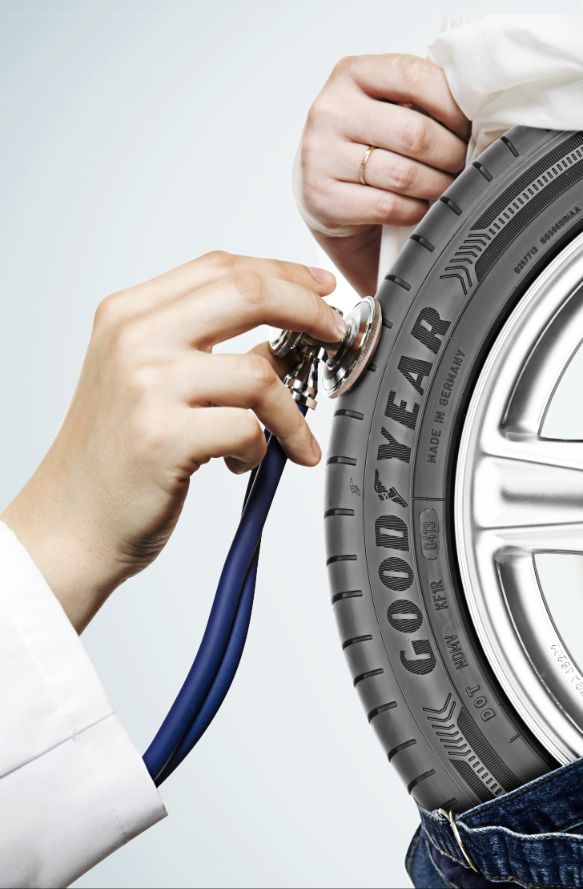08 May 2019
While often termed differently, muffin top, belly fat and spare tire are all essentially the same thing – excess abdominal fat. No matter what it’s called, it can be a frustration for many men. One of the most difficult areas to slim, the abdomen contains two types of fat which each require different tactics to tone the area. We asked Brent Wilson, a registered dietitian at INTEGRIS, Health to share his advice on how the spare tire affects men and what can be done to get rid of it once and for all.
Fat around the stomach and waist can be caused by a variety of factors. “The spare tire is excess body fat stored around the midsection when our calorie balance is off,” Wilson explains. Caused by an imbalance between calorie intake and output, poor diet and insufficient activity are the main culprits of belly fat.
Inactivity during the day, worsened by sitting at a desk or in front of the television for long periods of time, is also a large contributor to one’s spare tire. Even stress can be a factor as it can impact the hormones that create fat.
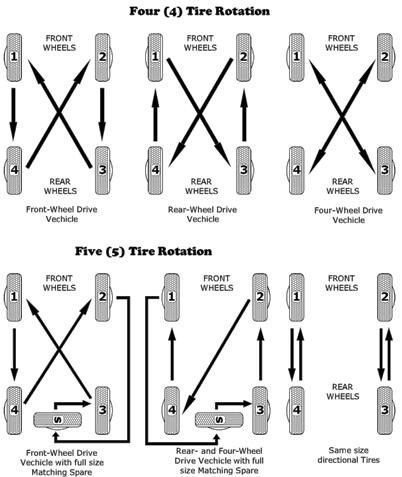 Visceral Fat
Visceral Fat “Subcutaneous fat hibernates just beneath your skin and you can grasp it with your fingers,” Wilson says. “Visceral fat stows away deep in your abdomen around your organs.” These organs can include your intestines and stomach. Visceral fat is more dangerous than its subcutaneous counterpart as it can produce cytokines, or inflammation, that can damage those organs.
Health risks commonly go hand-in-hand with the spare tire. “Excess belly fat increases your risk for high blood pressure, cholesterol, triglycerides and metabolic syndrome,” Wilson explains. The chemicals created by excess visceral fat can increase the risk for heart disease or diabetes. As men age, it becomes more important to exercise regularly as their bodies tend to lose muscle mass more easily.
When it comes to shedding the spare tire, lifestyle changes must be made. “Ultimately, it comes down to the decisions we have to make on a daily basis,” Wilson says.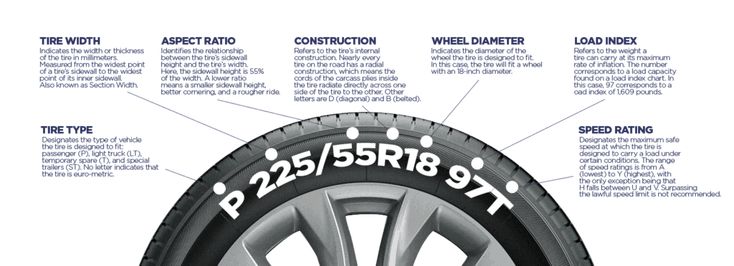 He explains these decisions become increasingly more difficult to make due to the convenience of highly processed foods that include substantial amounts of fat, sugar and calories. Combined with the typical low level of activity required by many jobs, it becomes more important to make conscious decisions to be physically active.
He explains these decisions become increasingly more difficult to make due to the convenience of highly processed foods that include substantial amounts of fat, sugar and calories. Combined with the typical low level of activity required by many jobs, it becomes more important to make conscious decisions to be physically active.
The first step toward eliminating the spare tire is to set healthy and reasonable goals. Shedding abdominal fat takes time and should not be treated as a race. So, how do you track your progress? The number on the scale doesn’t always represent the amount of fat and muscle mass a person carries, making it a less than optimal choice for measurement. Many people prefer to track their Body Mass Index (BMI), although Wilson advises against this. Instead, he opts for a more specific source of measurement.
“The BMI will ultimately give you a general idea of where your weight should be; however, it can be misleading as it doesn’t take muscle mass into account,” he says.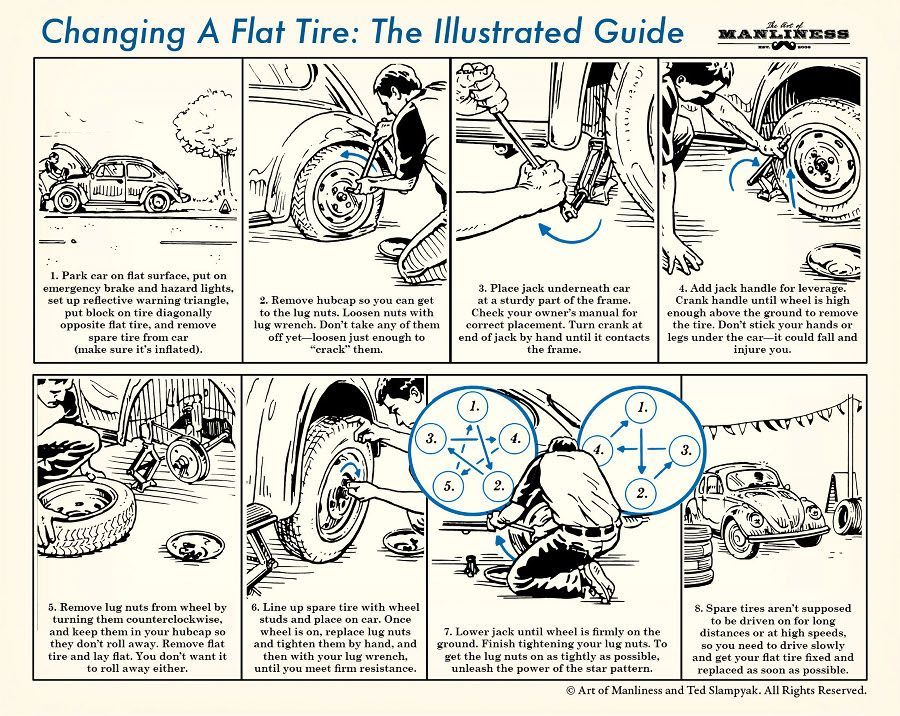 “The best thing would be to have your body fat percentage tested and retested after a few months of implementing physical activity and healthy eating.” The INTEGRIS Health Weight Loss Center provides several options for both surgical and non-surgical weight loss services, including seminars and assistance with nutrition.
“The best thing would be to have your body fat percentage tested and retested after a few months of implementing physical activity and healthy eating.” The INTEGRIS Health Weight Loss Center provides several options for both surgical and non-surgical weight loss services, including seminars and assistance with nutrition.
It is also important to set a healthy daily calorie goal. “Ultimately, we need to lower our calorie intake,” Wilson says. “I would encourage keeping a food log to identify where the most calories are coming from in your diet. Then, try replacing high calorie food and beverages with lower calorie options.” He suggests the app MyFitnessPal as a way to track your dietary choices.
When exercising to burn belly fat, it’s important to create a healthy mix of cardio and strength training. When targeting the spare tire, especially if you don’t go to the gym on a regular basis, you should start slowly. Wilson suggests beginning by walking or cycling and slowly increasing the duration and intensity of cardio. Make sure to include stretches in your routine to keep your muscles limber and limit soreness. He advises setting a goal of 150 minutes of physical activity per week.
Make sure to include stretches in your routine to keep your muscles limber and limit soreness. He advises setting a goal of 150 minutes of physical activity per week.
When it comes to choosing between cardio and weights, he says “both can be effective if used properly. The key is to get your heart pumping, so you can start burning the fat stored around the belly. Cardio is great at this. Weights can also work well, as long as you are keeping your heart rate elevated. Rather than resting in between sets of weight lifting, try using your rest time to keep your heart rate up with things like rowing, walking, or cycling.”
Stay committed to your exercise goals by creating a workout calendar or setting a joint fitness goal with your friends or family. For those who need to set a specific time to work out or thrive on extroverted activities, try joining a group fitness or boot camp style workout.
A healthy diet is the perfect complement to your new exercise regime. It can also be the most difficult part of the process. Essentially, it’s important to choose lower calorie options, skip processed foods, limit sugar and practice portion control.
It can also be the most difficult part of the process. Essentially, it’s important to choose lower calorie options, skip processed foods, limit sugar and practice portion control.
“Choose lean protein sources such as eggs, nuts, fish and chicken,” Wilson recommends. “Increase your intake of fruit and vegetables, which contain fewer calories per cup than most other foods. The fiber in them will keep you feeling full for longer so you take in fewer calories throughout the day.”
It is vital that men strive to achieve a healthy lifestyle as they age. Eliminating the spare tire is a crucial factor in the process of lowering health risks and staying in good physical shape. Contact an INTEGRIS Health physician today to assess your health needs.
Share this page
Ab exercises help tone your midsection.
Image Credit: pixelfit/E+/GettyImages
Extra fat around your tummy can not only be hard to get rid of, it can be dangerous to your health. The visceral fat that makes up a significant portion of belly fat is linked to high cholesterol, high blood pressure, diabetes, cancer and insulin resistance.
The visceral fat that makes up a significant portion of belly fat is linked to high cholesterol, high blood pressure, diabetes, cancer and insulin resistance.
Although spot reduction isn't possible — you can't solely target stomach fat — there are many exercises to burn fat throughout your body and tone the core muscles. This will help you deflate the spare tire and sculpt firmer abs.
Video of the Day
To lose a spare tire, focus on conditioning your whole body.
To lose the spare tire fat, you have to burn fat throughout your body by creating a calorie deficit, you burn more calories than you consume. This forces your body to use stored fat as fuel. Running, jogging, swimming, bicycling and dancing are all forms of cardiovascular exercise that can help you burn fat, including fat in your midsection.
A 140-pound woman can burn around 277 calories bicycling for 30 minutes at 12 to 14 miles per hour. That same woman can burn about 319 calories running at 6 miles per hour in that same half hour. The more high-intensity cardio you do, the more calories you burn and the more weight you will lose.
That same woman can burn about 319 calories running at 6 miles per hour in that same half hour. The more high-intensity cardio you do, the more calories you burn and the more weight you will lose.
The Centers for Disease Control and Prevention recommends doing no less than 150 minutes of moderate, or 75 minutes of vigorous, aerobic activity each week to lose weight.
Read more: How to Lose a Muffin Top & Belly Fat Fast
Training your abdominal muscles with abdominal holds, isometric ab squeezes, situps, crunches, prone planks, ab rollouts and knee raises helps melt fat and gives you a toned look. The American Council on Exercise suggests that doing these core-strengthening exercises two to three times a week will strengthen your ab muscles, stabilize your pelvis and improve the appearance of your waistline.
If you carry love handles, that extra fat that hangs just above your waist, doing core exercises that target your obliques can help tone the sides of your midsection and fill out some of the lose skin that may be left there once you lose weight and your waistline slims.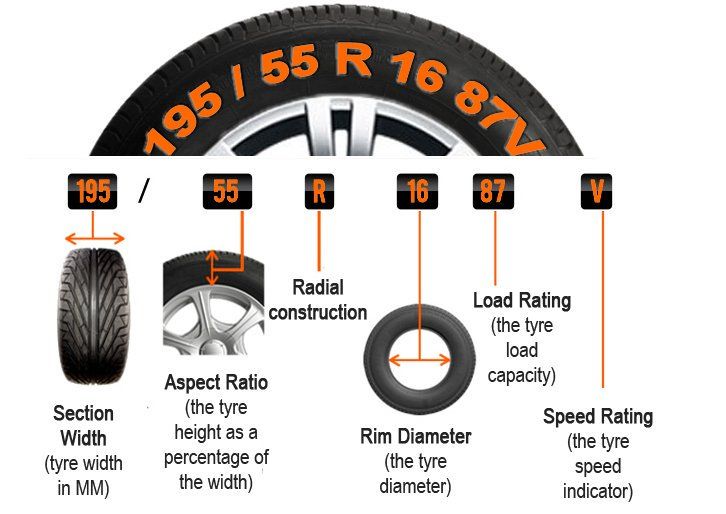
Exercises that work your obliques include side planks, side crunches, Russian twists, side bends, twisting knee raises and ballet twists. Incorporate these into your core-strengthening routine at least twice a week.
Incorporating full-body strength training into your exercise routine will help you lose more body fat than doing cardio alone. According to Harvard Health Publishing, doing an hour of weight training twice a week can reduce your proportion of body fat by up to 4 percent and can help you keep off the visceral fat that bulges your belly.
In addition to core exercises, perform strength-training exercises for your arms and legs. Do pushups, pullups, biceps curls, triceps dips, presses and flyes to improve muscle tone in your upper body. Do squats, lunges, calf raises, leg lifts, hamstring curls and deadlifts to strengthen the muscles in your lower body. You can use weights, resistance bands or body weight for strength-training exercises.
Read more: How to Get Rid of Belly Fat for Men
0003Related materials
The expert explained how to avoid deformation of car tires
Driving with a nail in a tire is not safe. And now let's explain why.
As soon as a nail, screw or other foreign object is stuck in your tire, there is a possibility that at any moment it can go flat. A self-tapping screw in the front wheel is especially dangerous. If you are driving at high speed and the tire suddenly loses pressure, you may lose control of the steering and get into an accident.
This is of course the worst case scenario. On the other hand, a nail stuck in your tire may not affect anything. It happens that foreign objects simply get stuck in the tread, not even reaching the cord, or clog the hole so that air cannot escape through it. If this happens, then you can notice it only by the click of a nail on the asphalt, and even then not always. Otherwise, the tire and the car behave absolutely normally.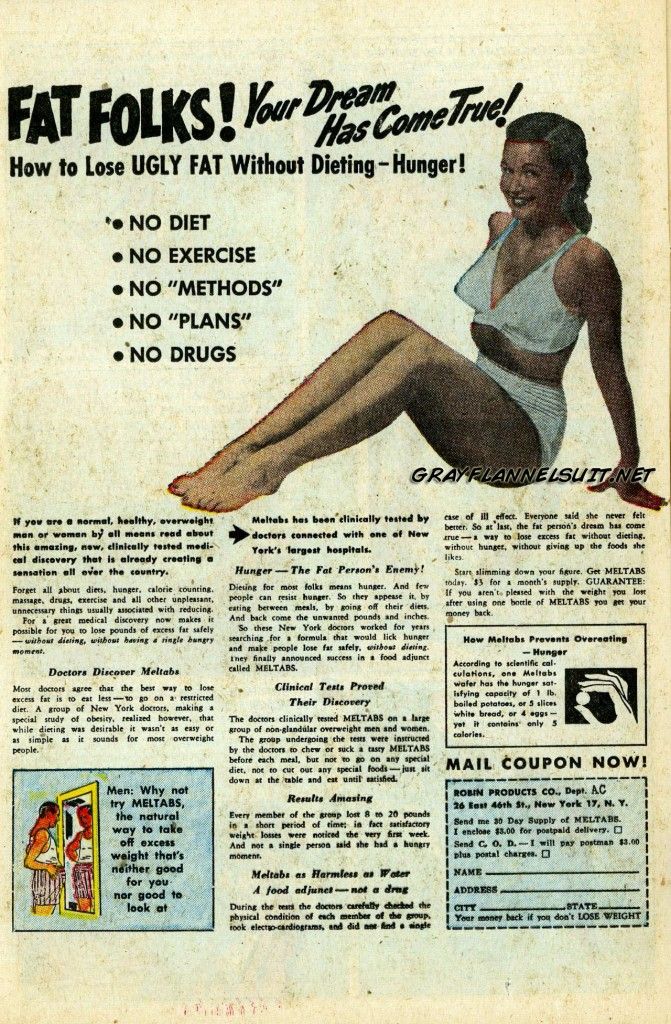
However, such a friendly nail may at any moment cease to be so friendly. There is a possibility that the tire will start to flat after a "successful" collision with a bump in the road. If at the same time the nail moves, then the air will begin to escape, and now we are back to the first - the worst - scenario.
Related materials
An epidemic that is not customary to talk aboutA huge fine for a passenger will affect everyone! When it is forbidden to help... the law! Did you know about it?
But how do you detect if a nail is sticking out of the tread of one or more of your tires? Most often this happens by accident - either you pay attention to the fact that the wheel is lowering, or you hear how a nail clicks on the asphalt while driving. If you are lucky, you will notice the nail in time and contact the tire service.
Regular tire inspections are therefore useful. The best time to hold them is during a car wash.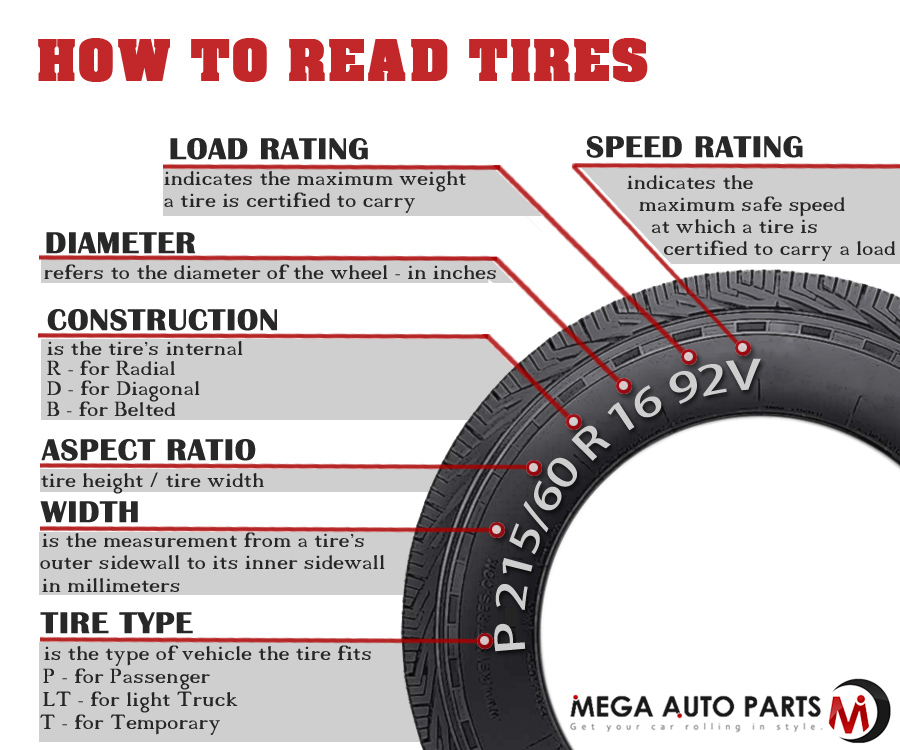 The nail is relatively easy to see if you're looking for it: it will be a shiny object against the black rubber.
The nail is relatively easy to see if you're looking for it: it will be a shiny object against the black rubber.
There is a possibility that the nail has damaged the cord and the tire is beyond repair. Then, if its tread was worn out enough, the other tire on the axle should also be changed - that is, both wheels, so that there is uniform tire wear and the difference in treads does not affect the car's handling.
Photo: Depositphotos
Our new video is that lada? Yes!
Did you like the note? Subscribe and you will always be in the know!
Driving Zen
News smi2.ru
Even with new tires from a famous manufacturer, with a layer of water on asphalt ten centimeters thick, the car can lose contact with the road at speeds up to 80 km / h.
Golf on the brink of hydroplaning: a water wedge has already formed in front of the front wheels.
Golf on the brink of hydroplaning: a water wedge has already formed in front of the front wheels.
Hydroplaning is the occurrence of a hydrodynamic wedge in the tire contact patch. That is, a complete or partial loss of grip caused by the presence of a water layer separating the tires of a moving car from the road. From the point of view of physics, the explanation is as follows: when the wheel hits a surface flooded with water, the water pressure in the contact zone increases, but when its value becomes greater than the pressure of the tire on the supporting surface, the tire floats.
Stages of hydroplaning effect occurrence: a — dry, b — wet, c — in heavy rain, 1 — contact area, 2 — water wedge area.
Stages of hydroplaning effect occurrence: a — dry, b — wet, c — in heavy rain, 1 — contact area, 2 — water wedge area.
The electronic encyclopedia "Behind the wheel" clearly illustrates the process. Take a look at the drawing. On a dry road (a), the tire-to-surface contact patch is 1. On a wet road, this area decreases due to the appearance of a water wedge (section 2, Fig. b). As the speed of travel and the amount of water increase, the tire floats more and more above the road like a speeding boat, as the lift of the wedge increases and it has to squeeze more water out of the contact zone in a shorter period of time. Finally, when the speed reaches a certain value, called critical, and a layer of water remains between the tire and the coating (Fig. c), the car, having lost contact with the road, will become uncontrollable. The danger is obvious, so hydroplaning should be avoided.
Hydroplaning is greatly influenced by tread pattern and wear. The straighter, wider, deeper and more often the grooves on the tire are, the faster and more water is removed from the contact zone of the tire with the road, and their grip becomes better.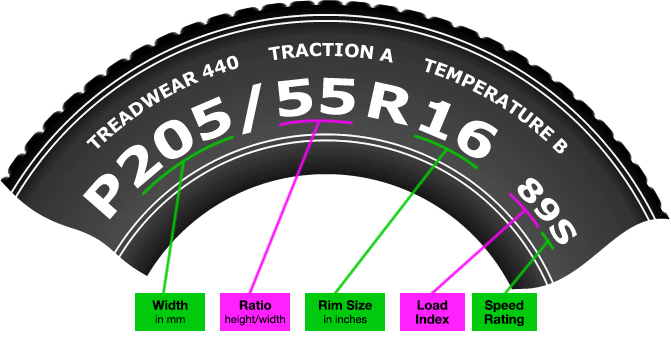 A slick tire, for example, has twice the lift coefficient on a water wedge than a patterned tire. That is why the Tire Rules prohibit the use of tires with a groove depth of less than 1.6 mm.
A slick tire, for example, has twice the lift coefficient on a water wedge than a patterned tire. That is why the Tire Rules prohibit the use of tires with a groove depth of less than 1.6 mm.
A similar dependence is also manifested in relation to the road surface. The coarser the asphalt grain, the faster and more water is squeezed out of the contact zone. The most dangerous in terms of hydroplaning tendencies are smooth pavements . Especially in turns.
Water film thickness is another factor influencing the occurrence of hydroplaning. The deeper the puddle, the more water it contains, the more difficult it is to remove it all from the contact patch.
The factor that can be primarily influenced by the driver is the speed of the vehicle . The higher the speed, the more likely it is that the wheels of your car will turn into water skis.
A well-known tire manufacturer conducted tests, according to the results of which he compiled a table of the relationship between tire contact patch size and tread wear and speed.
When using worn tires, the contact area between the tire and the road decreases dramatically as the speed increases. The figure shows the size of the contact area of tires with different tread thicknesses at a water layer of 3 mm and a speed of 75 km/h. The contact patch of an old tire with a 1.6 mm tread is only 16% of the contact patch of a car standing still, and at a speed of 125 km/h it is even 6%.
When using worn tires, the contact area between the tire and the road decreases sharply as the speed increases. The figure shows the size of the contact area of tires with different tread thicknesses at a water layer of 3 mm and a speed of 75 km/h. The contact patch of an old tire with a 1.6 mm tread is only 16% of the contact patch of a car standing still, and at a speed of 125 km/h it is even 6%.
The technical condition of suspension does not affect the car's tendency to hydroplaning, contrary to misconceptions. Another thing is that with increased backlash in the steering or ball joints, with unadjusted camber / toe and non-working shock absorbers, it is more difficult to control the car - it will react worse to the actions of the driver. At the same time, it will be more difficult to get the car out of a skid caused by hydroplaning. However, the very physics of the loss of contact between the wheel and the road does not depend on the state of the suspension. Much more important is the weight of the car. It is easier for a heavier vehicle to force water out of the contact patch. This is also why trucks are allowed to drive on tires with a tread depth of 1 mm, which is less than that of passenger cars.
Another thing is that with increased backlash in the steering or ball joints, with unadjusted camber / toe and non-working shock absorbers, it is more difficult to control the car - it will react worse to the actions of the driver. At the same time, it will be more difficult to get the car out of a skid caused by hydroplaning. However, the very physics of the loss of contact between the wheel and the road does not depend on the state of the suspension. Much more important is the weight of the car. It is easier for a heavier vehicle to force water out of the contact patch. This is also why trucks are allowed to drive on tires with a tread depth of 1 mm, which is less than that of passenger cars.
Low tire pressure is another reason for hydroplaning. Studies conducted by one of the world's leading tire manufacturers have shown that reducing the pressure in a car tire to 1.7 bar instead of the prescribed 2.4 bar leads to the fact that at a speed of 100 km / h the tire loses its contact patch and completely pops up.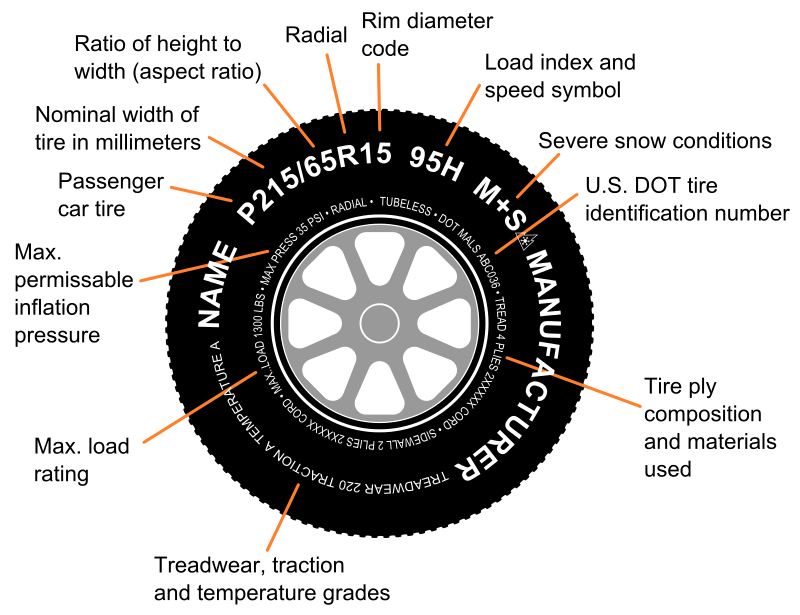
If the steering wheel suddenly becomes light while driving, and the car does not respond to its deviation, while maintaining a straight line, then the effect of aquaplaning has already begun.
The driver loses control of the car, and this can lead to an accident. As a rule, the car begins to skid towards the slope of the road profile or towards the side where the puddle under the wheels turned out to be deeper. Well, then - the scenario is unpredictable.
If you are caught in the rain while driving, the only way to avoid the risk of hydroplaning on the road is by significantly reducing your speed. Please note that even with new tires from a well-known manufacturer, with a ten-centimeter water layer on asphalt, the car may lose contact with the road even at speeds up to 80 km/h.
To minimize the risk of aquaplaning, certain rules must be observed:
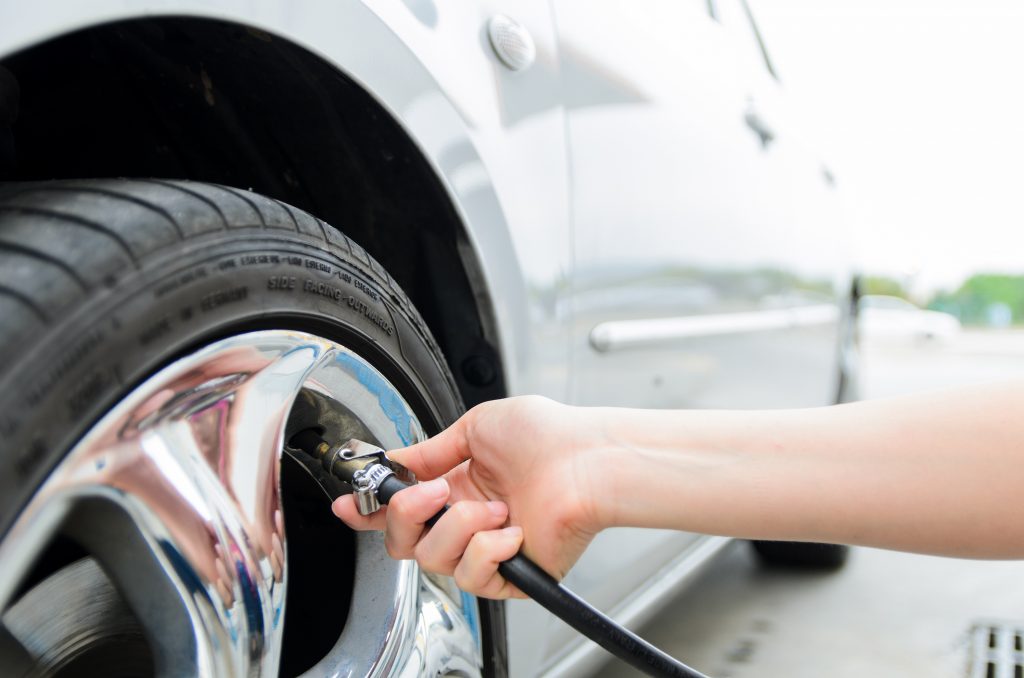 Traffic regulations prescribe a minimum tread height of 1.6 mm for summer passenger car tires and 4 mm for winter tires. But it’s better not to bring it up to these indicators. Many tires have wear indicators.
Traffic regulations prescribe a minimum tread height of 1.6 mm for summer passenger car tires and 4 mm for winter tires. But it’s better not to bring it up to these indicators. Many tires have wear indicators. Do not turn the steering wheel in different directions at large angles, it is dangerous! In the event of a sudden restoration of traction, the wheels turned out at a large angle can provoke a sharp pull of the car to the side. Try to keep a straight line until you feel that the wheels have gained traction, and only then maneuver.
Do not attempt to brake hard to prevent the vehicle from skidding or turning.
| Wear indicators on summer tires. Wear indicators on summer tires. | Winter tire wear indicators. As the erasing progresses, the number 8 first disappears, followed by 6. When the number 4 is erased, you need to stop winter tire operation. Wear indicators on winter tires. As the erasing progresses, the number 8 first disappears, followed by 6. When the number 4 is erased, you need to stop winter tire operation. |
So-called rain tires are the best at handling hydroplaning. For example, the tire brand Uniroyal, which is part of the Continental concern, specializes in tires for wet conditions. "Traces of rain" you will find in the name of many models of this brand. Hydroplaning resistant tires have wide water evacuating grooves and typically have an asymmetric or directional tread pattern. In order not to make a mistake when choosing tires, be guided by well-known tire brands and the results of tests conducted by the Za Rulem magazine.